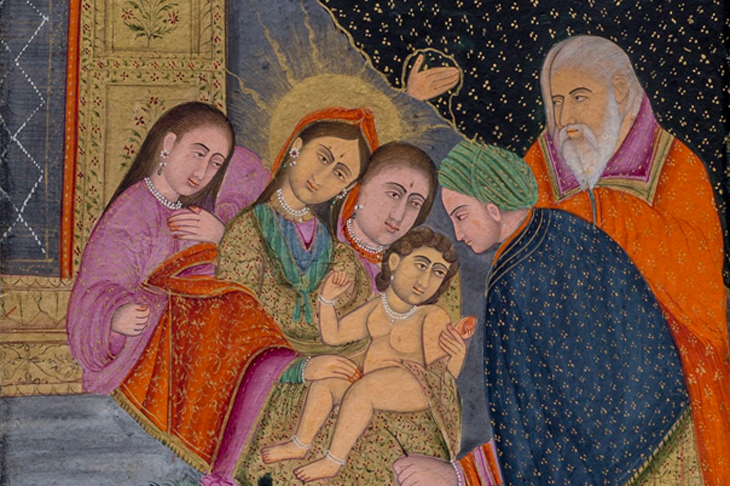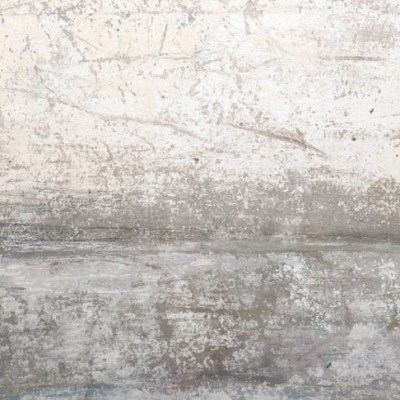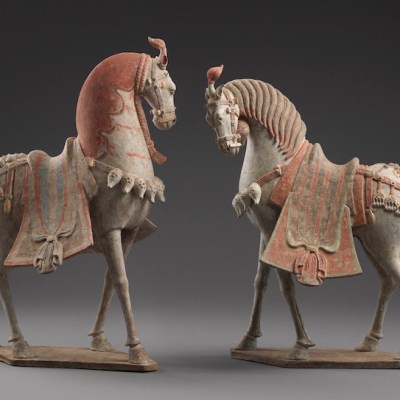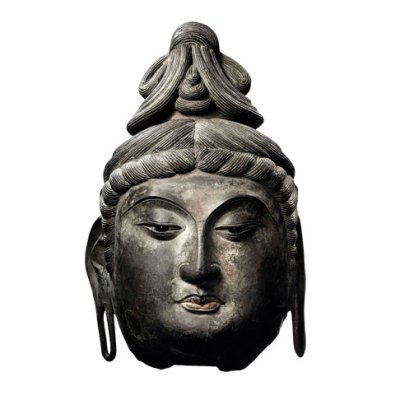The first thing to know about Asia Week New York is that it’s actually 10 days long, not seven. The next is that this weekend (17 and 18 March) around 50 dealers and auction houses will be participating in the event’s open house. What started with 16 Upper East Side dealers in 2009 is now a city-wide celebration of the best of Asian art.
Each edition seems to get better and better, and broader in scope – this year it spreads its tentacles out to museums in Princeton, Newark, Philadelphia and Newhaven. Fortunately, some gallery and museum shows will continue for several weeks – of the Metropolitan Museum of Art’s seven current displays of Asian art, three, including ‘Crowns of the Vajra Masters: Ritual Art of Nepal’, continue to the end of the year. Meanwhile, the original 16 galleries have expanded to an international gathering of 45 on the official list. Among both the historic and contemporary offer, quality abounds, so picking out the highlights is dangerously subjective.
Chan Line (2018), Fu Shen. Courtesy of Robert Kuo Showroom
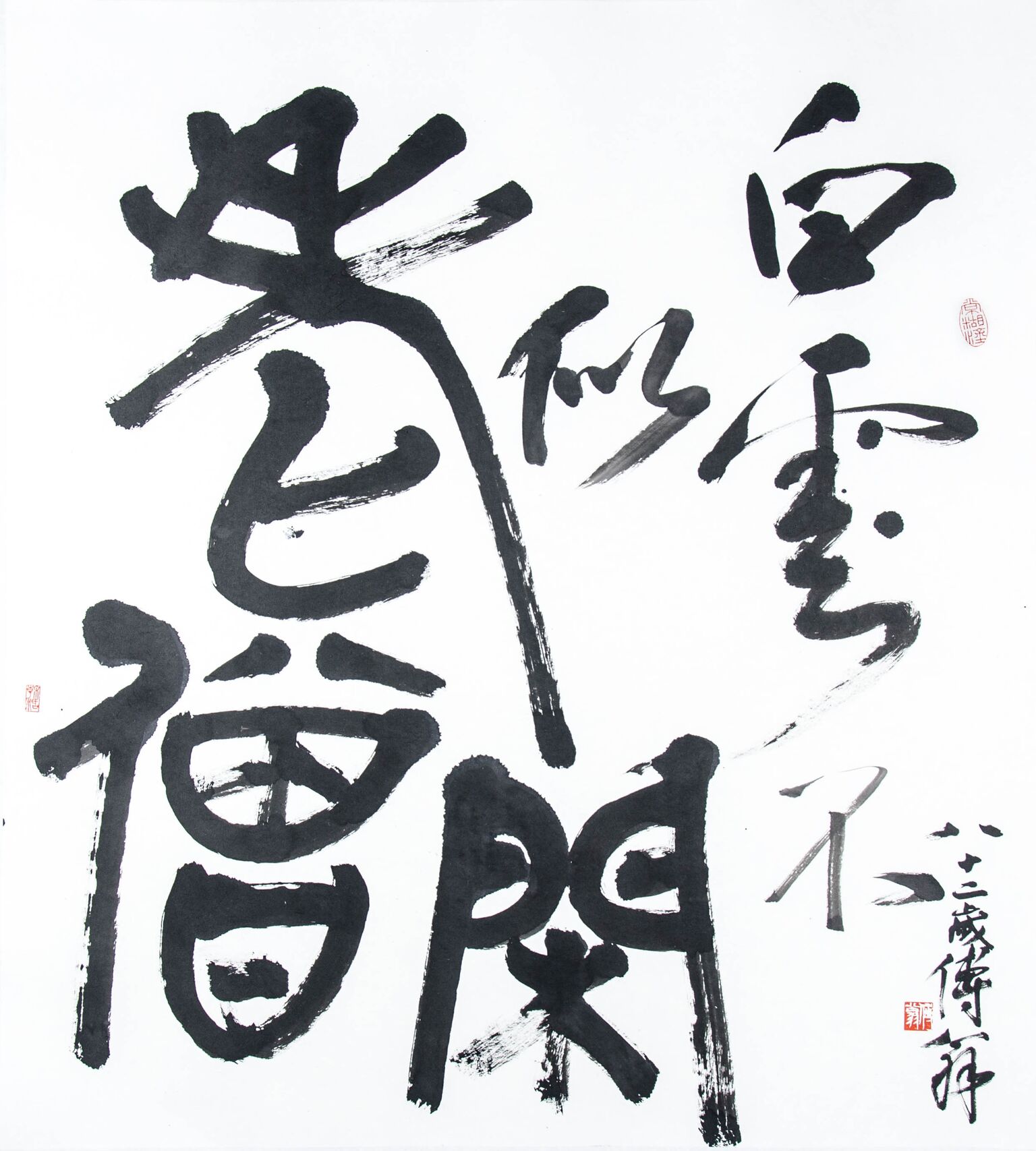
Robert Kuo, exhibiting in the dealer-designer’s new downtown space, is collaborating on a multi-site show with Findlay Galleries uptown. Under the umbrella title ‘Art in the Age of Displacement’, the exhibition shows three artists who came of age in Taiwan in the 1960s, then followed different paths in calligraphy, painting and design. One is Fu Shen, an expert on Chinese calligraphy who has worked as a curator at the Smithsonian in Washington, D.C. and now lives in New York. He has created 10 new pieces for the show, including Chan Line, a bold and expressive piece of calligraphy on view uptown. ‘In leisure, the white clouds are no match to this old monk,’ the translated text reads – implying that the old monk’s lifetime of meditation makes him more relaxed than even the floating clouds. All three artists are participating in a panel discussion and event on 21 March across both galleries.
Elsewhere, a couple of single-collection exhibitions provide insights into the tastes of individual collectors, and also the opportunity to see pieces soon to be dispersed, mostly into private hands. J.J. Lally & Co. are showing arond 150 pieces of exquisite Chinese jade carvings dating from Neolithic times to the Han dynasty, amassed by their owner beginning in the 1960s; some were cut from jade pebbles found in rivers and streams. At Sebastian Izzard, some 60 18th-century Japanese woodblock prints from the collection of graphic designer Henry Steiner get the send-off they deserve. (Steiner, responsible for the HSBC logo among others, readily admits to the addictive nature of his collecting since the ’70s.) One stand-out image is Suzuki Harunobu’s Beauty Leaping Off the Balcony of Kiyomizu Temple (1765), which depicts an act of bravura that brides would undertake using paper umbrellas to test the chances of their future marriages (if they landed safely, all would go well).
Beauty Leaping Off the Balcony of Kiyomizu Temple (1765), Suzuki Haruno

In the field of ceramics, a number of excellent works are on show. A joint exhibition by Kaikoko and Chambers Fine Art provides an intriguing pairing, placing Neolithic Chinese and Japanese pots side by side, to show how the respective aesthetic values of the two cultures – formality and structure versus organic freedom – were evident even 2,500 years ago. Joan B. Mirviss introduces three modern clay artists from Japan who are little-known in the west but whom she believes have ‘contributed to altering the style and aesthetic of Japanese ceramic history’. One is Matsui Kosei (1927–2003), a priest and potter who revived the ‘neriage’ technique for marbling clay, creating his own version: a sort of mille-feuille of thin layers of differently coloured clays which he would then throw, and sometimes chisel.
Virgin Mary and Child Christ (mid 18th century), India, probably Delhi. Courtesy Alexis Renard

The subcontinent is represented by a plethora of Himalayan thangkas and sculptures, as well as paintings from across India. Alexis Renard’s show, ‘Exotic Mirror’, includes an 18th-century image of the Virgin and Child probably made in Delhi, the imported (and somewhat mistranslated) European iconography overshadowed by the artist’s intricate pattern-making. Oliver Forge and Brendan Lynch, from London, return for their 10th Asia Week with a superb show of Indian and Persian court paintings. The star is a newly discovered portrait of Mughal emperor Jahangir made in the 1630s. Its artist is believed to have been influenced by an English miniature portrait by Isaac Oliver, given to him in 1615 by Thomas Roe, England’s first ambassador to the Mughal court.
A jharoka portrait of Emperor Jahangir (1630–40), Mughal India. Courtesy Oliver Forge and Brendan Lynch Ltd
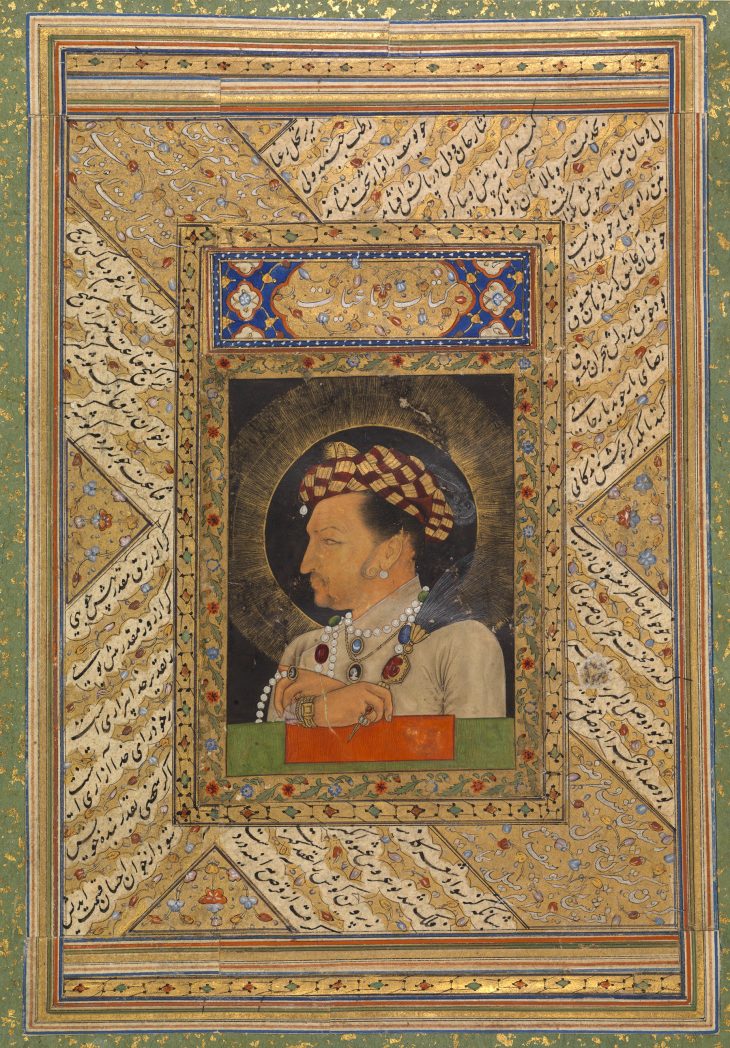
And so it goes on, the city buzzing with dealers, curators, collectors and members of the public, who climb the staircases of Manhattan townhouses to enjoy one-room dealer shows; inspect items that will go under the hammer at 26 auctions; attend special lectures, discussions, tours and events. It’s a collaboration that few other commercial art events can emulate.
Asia Week New York is at various venues, from 15–24 March.
